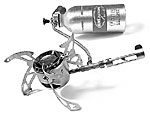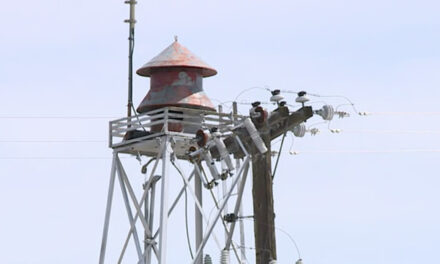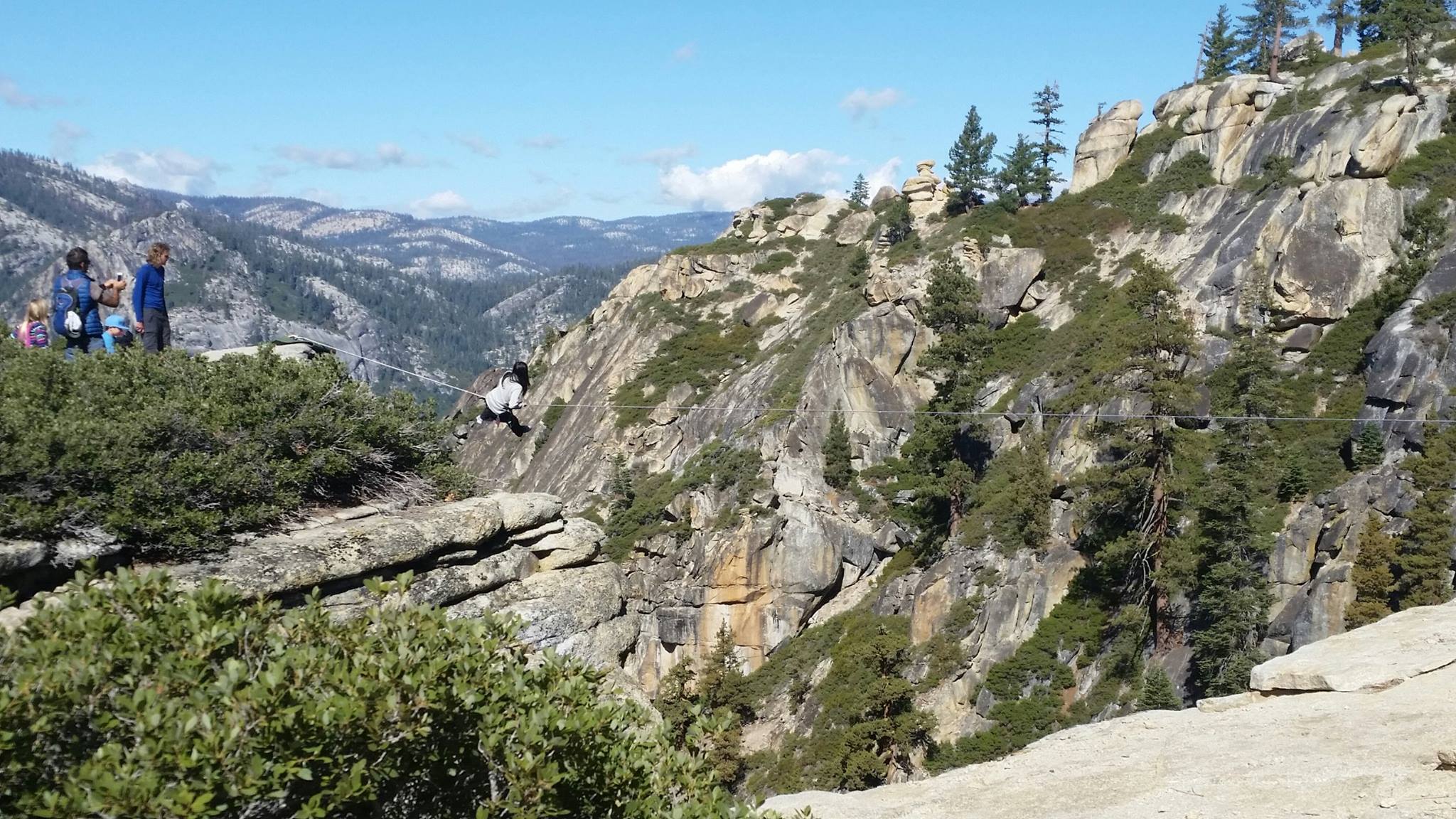- Tahoe’s Nevada Beach Tops the List of Hard-to-Book Campgrounds - 07/17/2024
- Cannabis Watershed Protection Program Cleans Up Illegal Grow Sites - 07/10/2024
- French Fire - 07/05/2024
By Christa Fraser
John Muir was able to survive for days in the backcountry on not much more than a loaf or two of bread. Many of today’s backcountry pilgrims, on the other hand, can barely hike a few miles before they break out the beef stroganoff and chocolate cheesecake.
The improvement of stoves and hydrate-and-serve backpacking cuisine has fostered a culinary appreciation even amongst light-and-fast aficionados. But before they can argue the finer points of rehydrating their backcountry delicacies, they have to pick a stove, which can be a very tough choice, indeed. Here is a breakdown of the different stove types and what sets each one apart:
Liquid multi-fuel
These are ideal for travel to other countries or for long-term expeditions. Multi-fuel indicates that the stove can be operated with several fuel types since certain fuels are more readily available in some countries than others. These are among the costliest stoves. The MSR XGK Expedition ($110) and the Brunton Optimus Nova Multi-Fuel, are good examples. They run on everything from diesel to kerosene to jet fuel. Stoves like the XGK also feature self-cleaning jets to remove built up soot and debris. On the downside, multi-fuel stoves often need to be primed just right and can be prone to leak fuel when uncoupling the canister from the stove. But they are the most versatile stove and can be relied upon when white gas is not readily available.
Single fuel
On the simpler side, single fuel stoves burn just one type of fuel, usually white gas, which is inexpensive and easy to find throughout North America. A few stoves like the Trangia Mini ($30) burn denatured alcohol, which is odorless and clean burning. White gas stoves are good for campers who plan to use them only in developed countries where white gas is readily available. They burn hot and work well at high elevations. They also are good for longer treks because it’s easier to carry more fuel as opposed to having to carry multiple fuel cartridges for a canister stove. The alcohol stoves, in particular, are easy to use and burn very quietly (although they can take longer to boil liquids). These types of stoves typically run between $25 and $75.
Canister
These are the ultimate in convenience and are fairly light for shorter trips. With the lightest canister stoves hovering in the hummingbird category of about 3 ounces (without fuel canister), there is little reason to not carry a stove for an overnighter. These models require no priming or pressurizing at all and burn hot immediately. And many come with an integral igniter for match-free lighting. Canister stoves are good for backcountry gourmets because most have easier flame control than liquid-fuel stoves and simmer better. However, they do not work well in extremely cold conditions. These stoves run from around $30 up to $130 for the Primus Alpine Titanium Stove (3 ounces), with most models in the $50 to $70 range. The downside to canister stoves is that the fuel canisters, in addition to being more expensive than white gas, are not reusable and end up in the landfill when their useful life is over.

Solid Fuel Stove
Solid fuel stoves such as the Esbit Pocket Stove ($10) are ideal for emergency use. This lightweight kit is really just an ingenious version of the buffalo chip method of cooking. It consists of a few flammable fuel tabs and a metal pill box that opens into a microburner. But it will take a full fuel tablet to boil one quart of water. Save this stove for the emergency kit, not the manicotti.
To avoid messy fuels altogether, try the Mountain House Mountain Oven. It is a heating pouch that will heat up your freeze-dried meals in under 20 minutes. But it is a very limited option. If you want that campfire cup of
cocoa, you will still have to bring in another stove.












